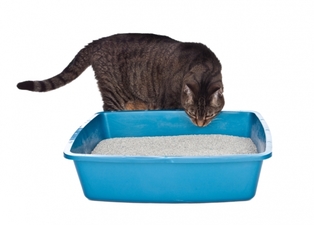
Clumping or non-clumping: that is the question.
Although it’s a question usually answered by your own cat, consider the advantages and disadvantages of both.
Clumping cat litter is designed to allow urine and feces to be easily removed without having to empty the entire litter box. While most brands of this litter contain bentonite, an absorbent, aluminum phyllosilicate clay, there are those with all natural fibers that also help litter form clumps.
Simply scoop the soiled litter out of the box, leaving the clean litter behind, while the box itself stays cleaner longer. As the level of litter drops, replenish it with fresh litter.
Although clumping cat litter reduces the frequency of emptying and cleaning your cat’s box, it still needs to be emptied completely, cleaned thoroughly, and refilled with fresh litter at least once a month. If, however, your cat produces a particularly high volume of urine, this procedure must be done more often.
Non-clumping cat litter was the first commercially available litter. It removes odors associated with cat urine because it absorbs relatively large volumes of that urine. While there are unscented brands available, other brands contain additives like charcoal or baking soda which are meant to help control unpleasant odors.
But as the litter becomes saturated, urine may pool at the bottom of the box, making it difficult to remove the litter without emptying the entire box. Many cat owners discover that they need to replace all of the litter and clean the box thoroughly at least once a week.
Although non-clumping litter is usually made of clay, there are alternatives available. Many are plant-based, composed of such ingredients as pine, corn, wheat, beet pulp, and wood. Some owners prefer non-clumping litter because it’s often less expensive than clumping litter, while others use it because their cats prefer it.
As to which type of litter is best? The cat camps themselves are divided. Whereas some cats prefer clumping litter because it’s easier to push aside, others prefer the non-clumping clay. Selecting the litter that your own cat prefers reduces the risk of litter box avoidance issues and inappropriate elimination.
Question answered.

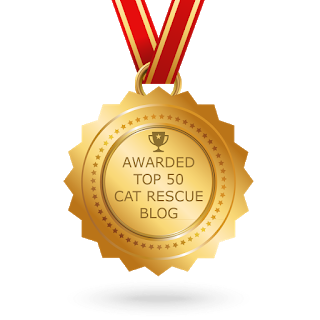
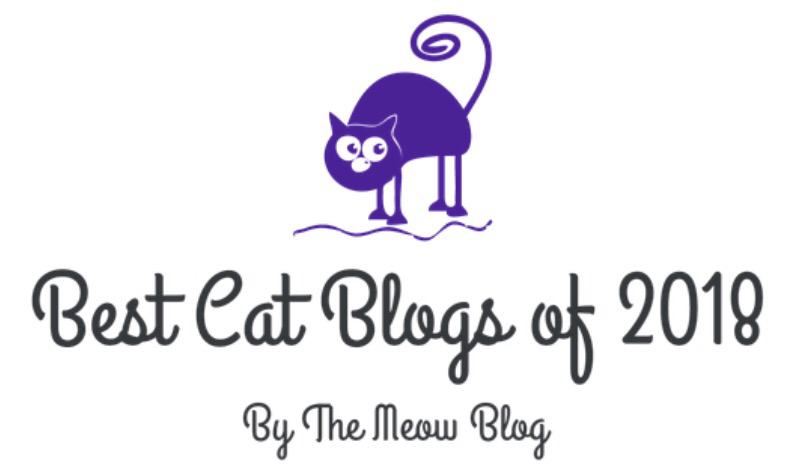

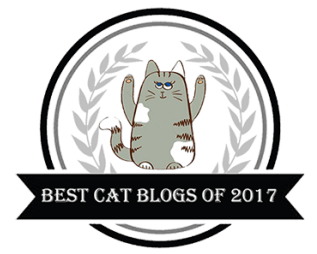
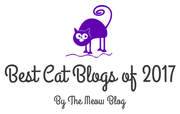



 RSS Feed
RSS Feed